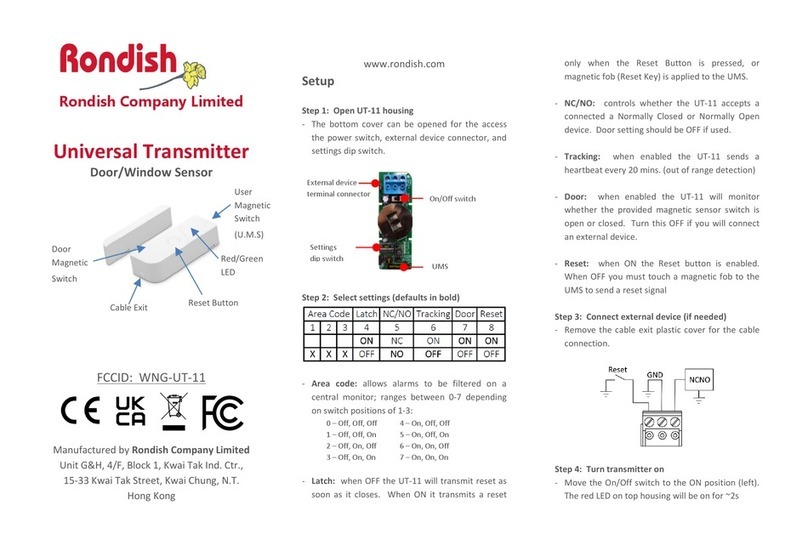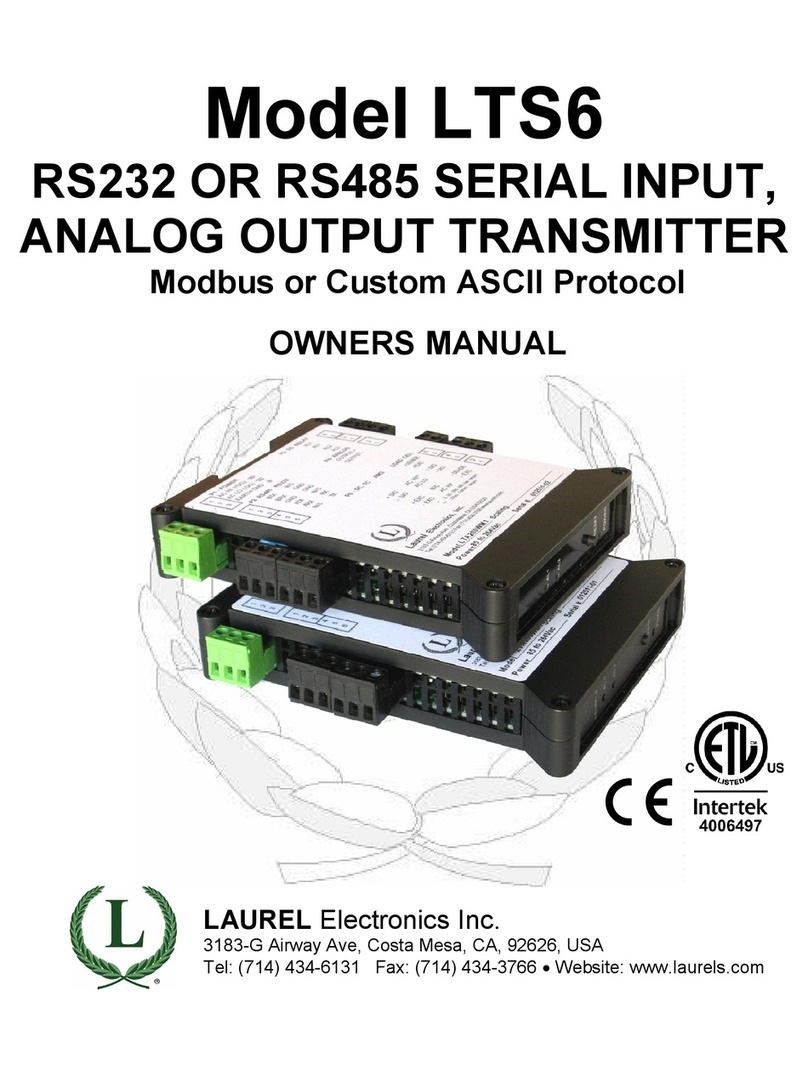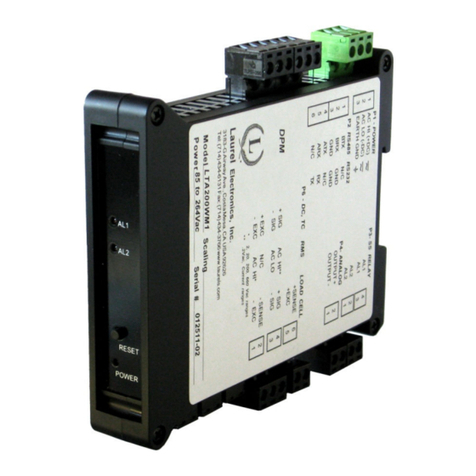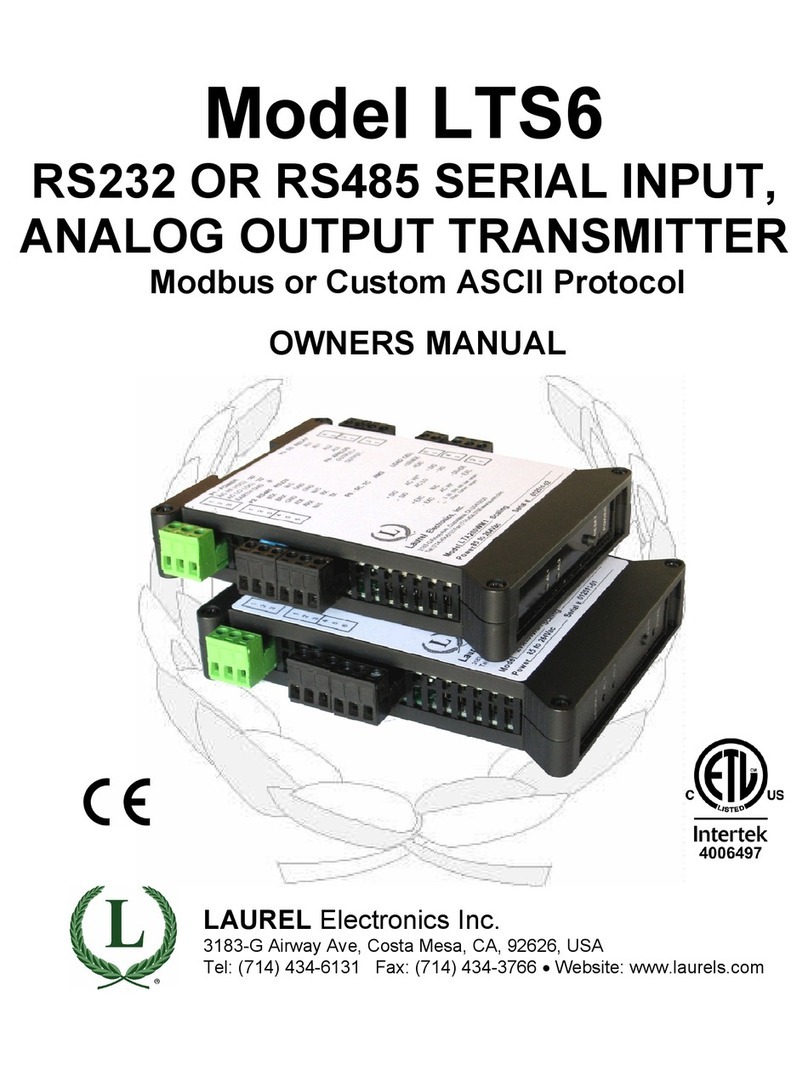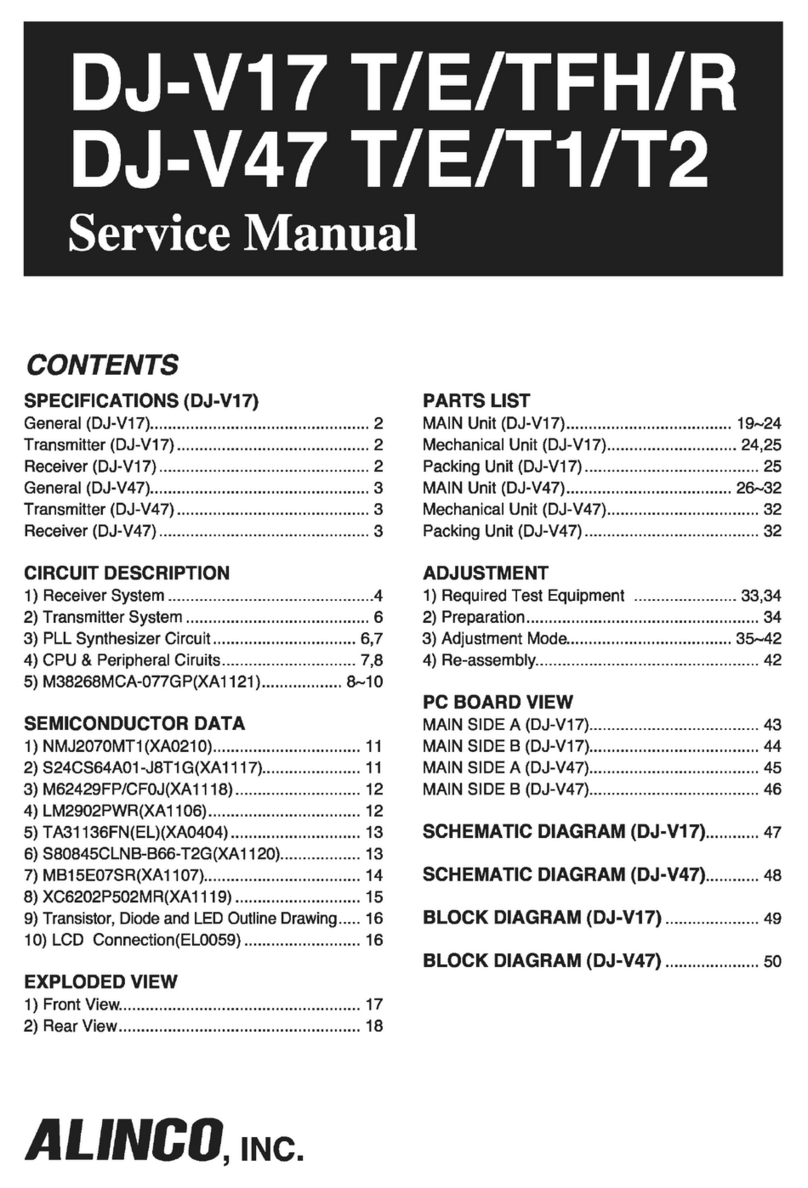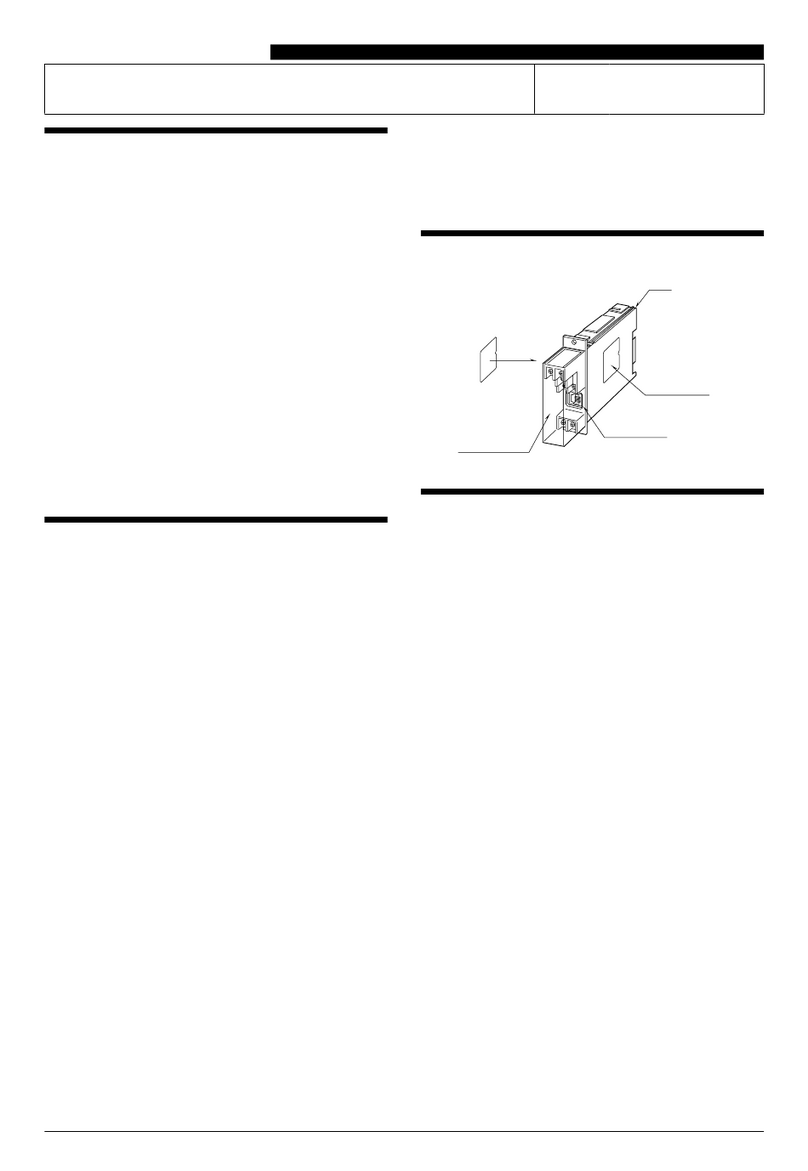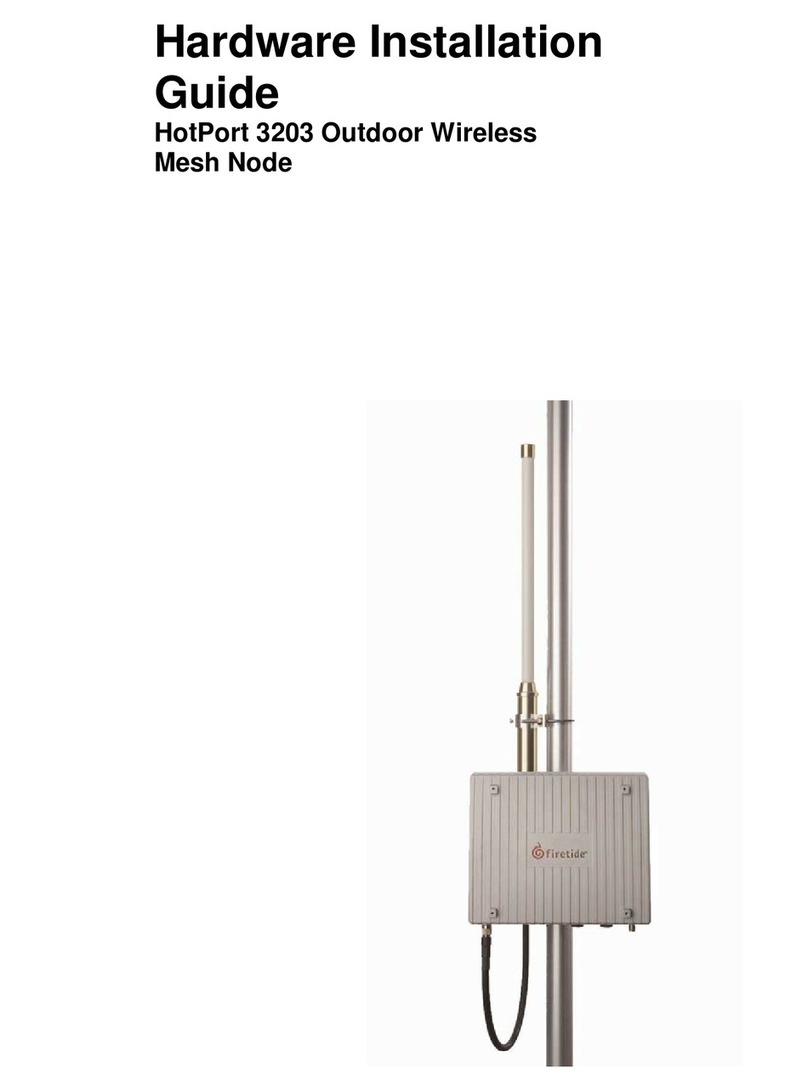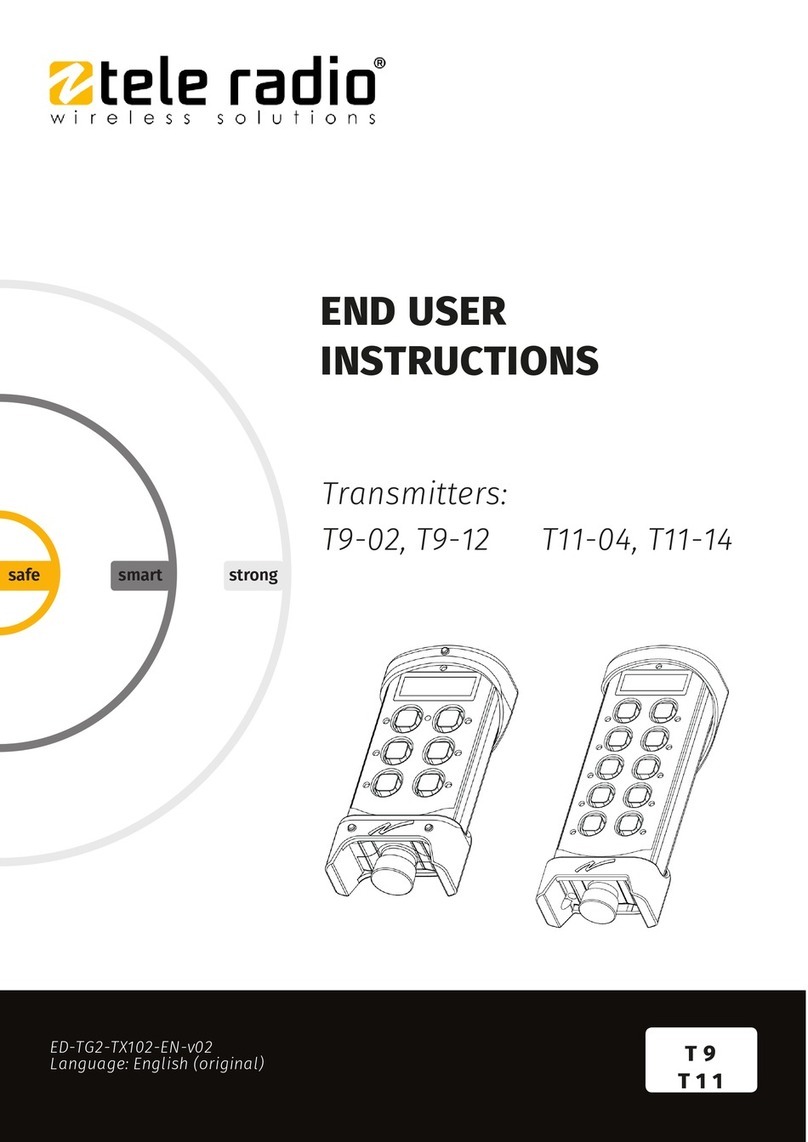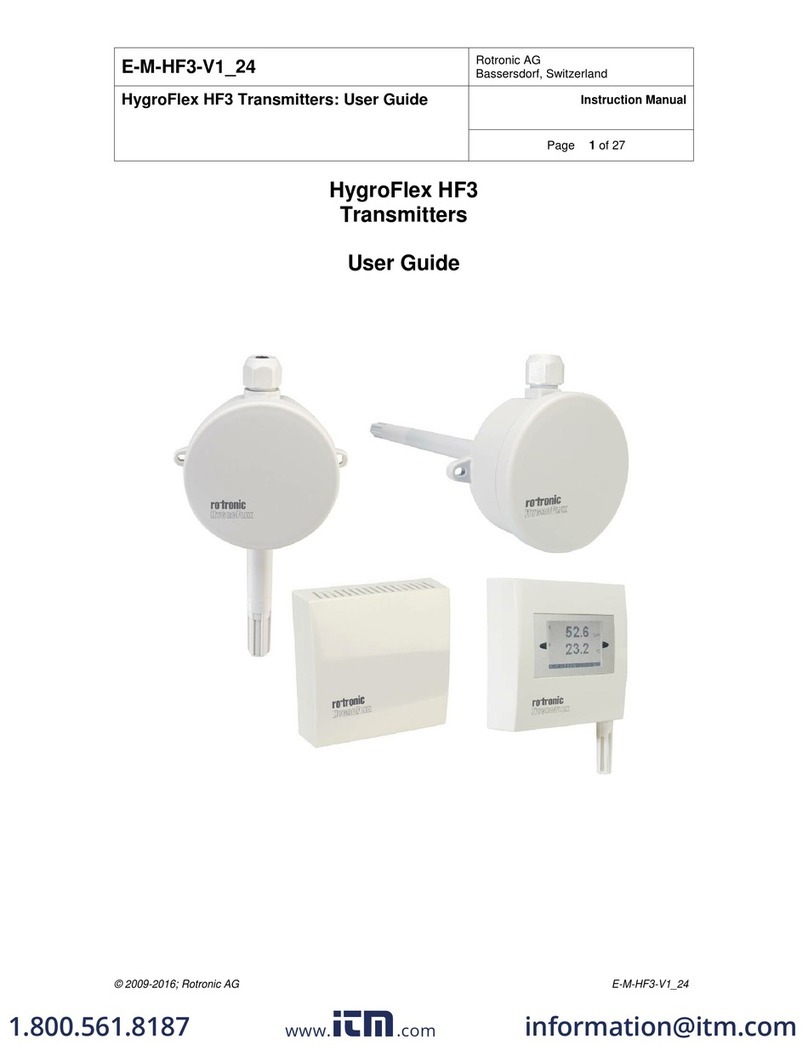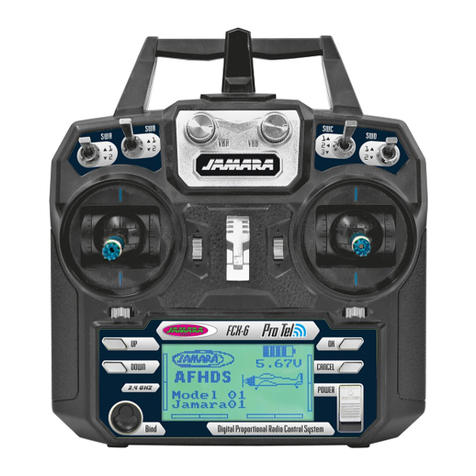
- 4 -
3. INTRODUCTION, RS232 OR RS485 SERIAL INPUT TRANSMITTER
The LTS seri l input to n log output tr nsmitter (or serial-to-analog converter) acce ts
numeric readings embedded in streaming RS232 or RS485 ASCII serial data, and converts
these to an isolated, scalable 4-20 mA, 0-20 mA, 0-10V or -10V to +10V analog out ut. It also
acce ts Modbus RTU or Custom ASCII rotocol commands to out ut a s ecific current or
voltage. The unit fits on a 35 mm DIN rail and is only 22.5 mm (0.89") thick. Model LTS60 can
be owered by 85-264 Vac AC line voltage. Model LTS61 can be owered by low voltage AC or
DC, like 24 Vdc. All electrical connections are via detachable screw-clam lugs. LTS models
use an LT counter transmitter board, but no signal conditioner board. LT counters with a signal
conditioner board, like model LT60FR, can also be used for serial to analog conversion.
The current or volt ge tr nsmitter output is jum er selectable and is transformer isolated to
avoid ground loo s. Either out ut rovides 16-bit resolution of the out ut s an and is ultra-
linear to within one bit. The out ut is scaled to the serial in ut in software. Rated accuracy is
±0.02% of s an.
Du l solid st te rel ys rated 120 mA at 140 Vac or 180 Vdc are standard. The relays can
res ond to the transmitted serial values or to transmitted control characters, which override the
internal set oints. The relays can also be controlled inde endently of the serial in ut by
a lying signals to control in uts 1 and 2.
Isol tion to 250V rms is rovided for ower, the serial data in ut, analog out ut, and relay
out uts. Isolation adds safety and avoids ossible ground loo s.
Seri l d t input selections are RS232, half-du lex RS485, or full-du lex RS485. Selection is
via jum ers and/or at the connector.
Tr nsmitter setup is via the unit’s serial ort using an external PC and Instrument Setu
software, which can be downloaded from our website at no charge. The required 3-wire
transmitter-to-PC interface RS232 cable (CBL04) is easy to build and is also available for
urchase. Plugging cable CBL04 into a CBL02 RS232-to-USB converter cable allows the LTS
unit to be rogrammed via the USB ort of a PC.
The LTS is not plug nd pl y. The format of the strings being received must be known in
advance, including non- rinting control characters. If you do not know the format of your ASCII
data, contact tech su ort of the manufacturer of the sending device. Or use a terminal
emulator PC rogram, like HyperTermin l, PuTTY, or Re lTerm, to view the received data on
your PC.
The LTSE6 Ethernet input to n log output tr nsmitter acce ts streaming Ethernet data and
converts it to an isolated, scalable 4-20 mA, 0-20 mA, 0-10V or -10V to +10V analog out ut.
That transmitter is covered by a se arate user manual.





